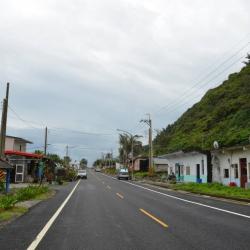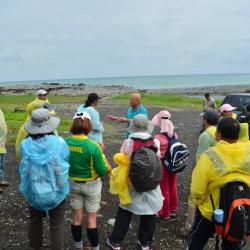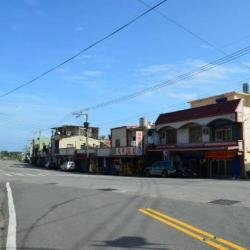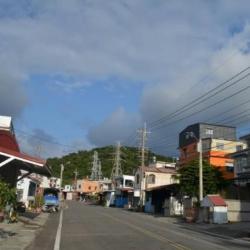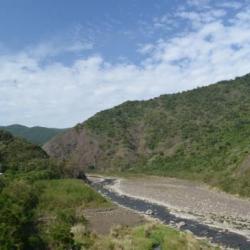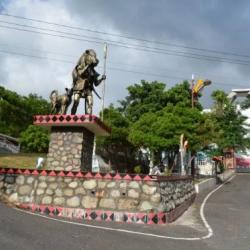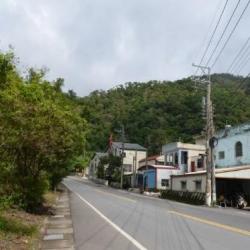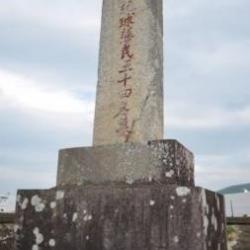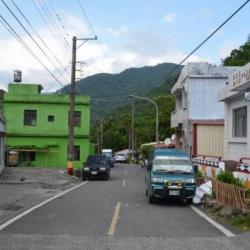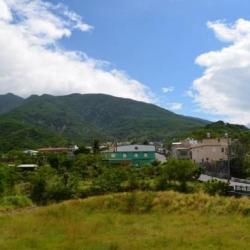Nantian village is located on the right tributary of the upper reaches of Fangshan River in Daren Township, Taitung County. The village was formed by the migration of tribes towards the end of the Japanese occupation. By the early post-war period, 17 households from Donggaoshe moved to the first hamlet in Nantian village. As population grew, the tribesmen from the first hamlet agreed to move to the second hamlet, and Nantian village became a settlement of two hamlets. The name Nantian, which means south fields, was given as it is located at the southern end of Daren Township.
